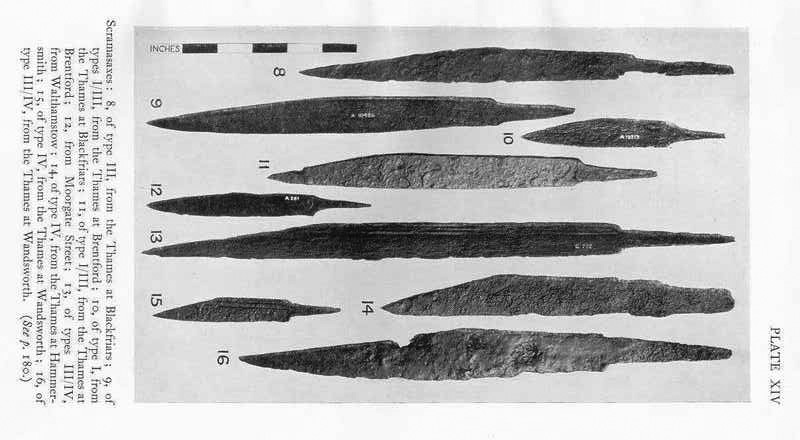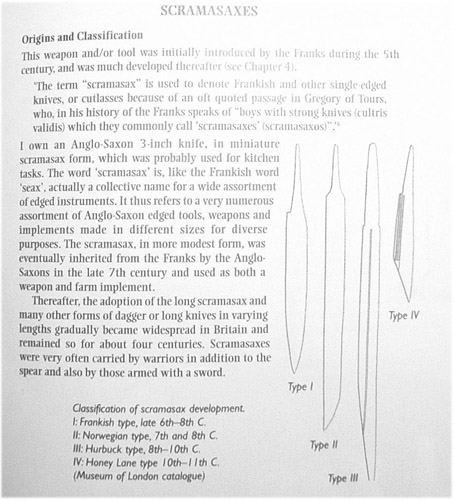Posts: 44 Location: Dieren, The Netherlands
Thu 08 Jan, 2009 3:56 am
I use good but ancient quality tool steel, as I recycle really old hedgecutterblades bought in French fleamarkets. Not much chrome in those, but it is still a nice stiff steel and requires (a lot) more force to forge then mild steel. There is some difference in quality, though, so I usualy spark test them before hand to determine how hard the steel is, to pick the best piece for the type of knife I want to make.
I am aware of the diffent tolerances in temperature and am carefull not to burn out the carbon. The thing about the long blades is the stress cased by the displacement when making the bevel. I have only cracked one blade that way so far, but that does make you accutely aware of the issue. There is a way around it, of course, and that is to work smaller area's in smaller steps of forging, as each reheating will relieve the stress built up. But then the whole thing takes a lot longer and chews coal. So I tend to stay on the cautious side and am not making large things like swords (yet). Now when using mild steel, this is much more tolerant, allows me a somewhat higher temperature (and thus also a longer temerature gradient through the blade) lessening stress problems. And that is the reason for using mild steel on the Nijmegen
seax blade, that and wanting to make a large knife by drawing out the billet and all. I am still very much learning to forge, so try different techniques just for fun and to see how it works. Gives me a more authentic feeling as well, being able to shape a knife from a cluncky billet :D .

